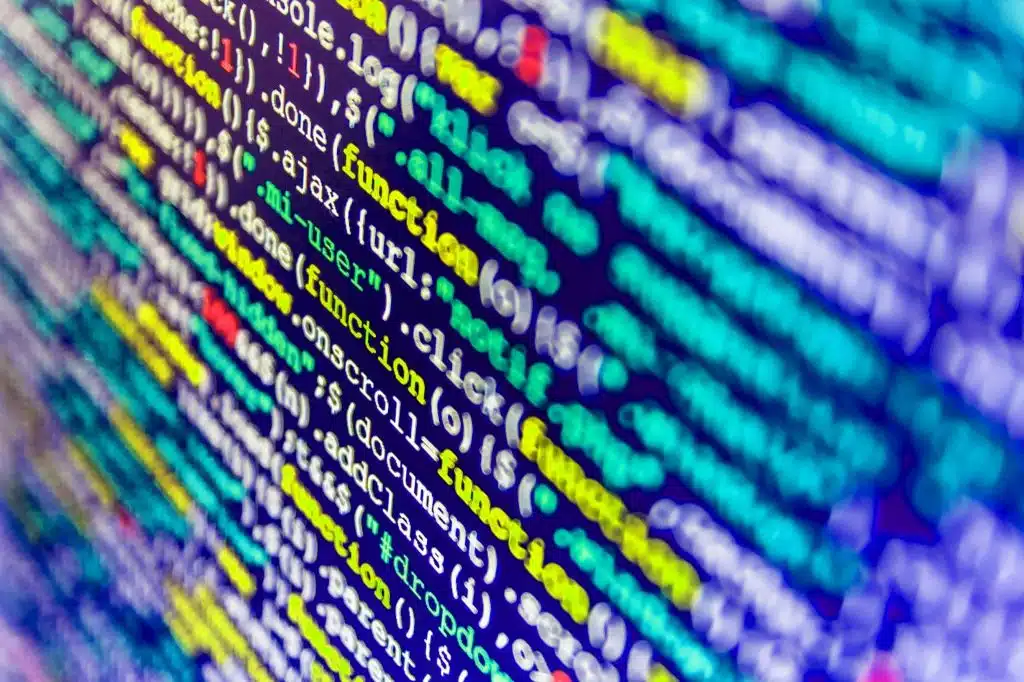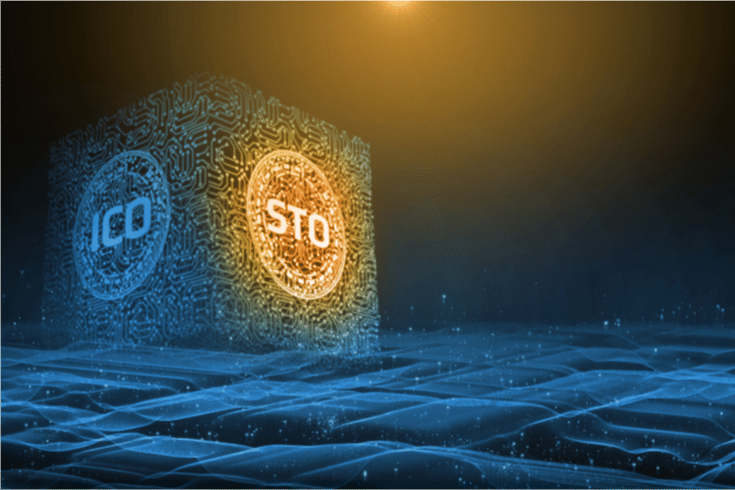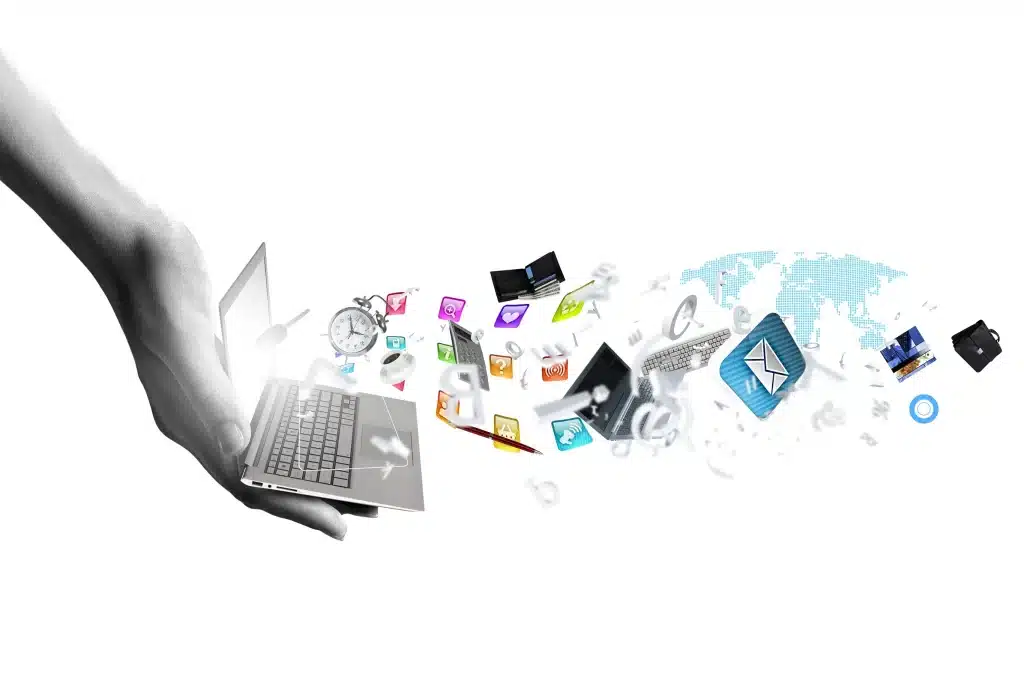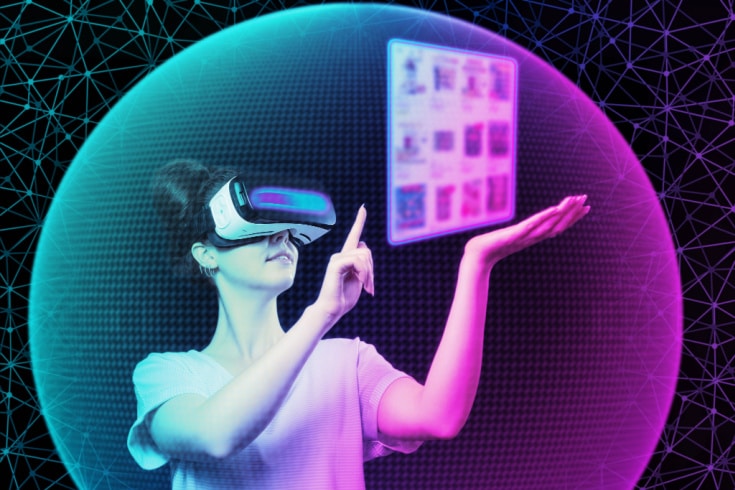'Cases of Software Copyright Infringement and Useful Legal Knowledge'

What kind of cases can arise where copyright infringement is disputed in software development? In this article, we will explain the relevant laws along with specific examples.
What is the Copyright Law?
In order to understand copyright infringement, it is first necessary to familiarize oneself with the Copyright Law. What purpose does this law serve? According to Article 1 of the Copyright Law,
“This law defines the rights of authors and rights related to performances, records, broadcasts, and cable broadcasts, and aims to protect these rights while paying attention to the fair use of these cultural properties, thereby contributing to the development of culture.”
Article 1 of the Japanese Copyright Law
In other words, the Copyright Law is a law enacted with the aim of promoting cultural development by balancing the fair use of works and the protection of the rights of authors.
Article 10, Paragraph 1 of the Copyright Law provides examples of works, and because there is a provision for “program works” in item nine, software falls under the category of works under the Copyright Law, and there exists a copyright holder.
In this article, we will look at cases where the copyright of software UI (User Interface), screen display, and menu configuration became an issue.
For more detailed explanation on the copyright issues of program source code, please refer to the following article.
https://monolith.law/corporate/copyright-for-the-program-source-code[ja]
Basic Knowledge of Copyright Law

Here, we introduce the main points of copyright law that you should know when developing software.
Who owns the copyright?
When software is developed, who owns the copyright under copyright law? Like other works, the copyright of software initially belongs to the author. However, as quoted below, if a work such as software is created as part of a job, the copyright belongs not to the creator, but to the employer, such as a company.
Unless otherwise stipulated in the contract, work rules, or other regulations at the time of creation, the author of a program work created in the course of duties under the initiative of a corporation or other entity shall be that corporation or other entity.
Article 15, Paragraph 2
What is copyright transfer?
If you commission the development of software, the copyright of that software initially belongs to the creator, who is the contractor. Just because you commissioned the development does not mean that the copyright of the software automatically transfers to the commissioner. If the commissioner wants to acquire the copyright of the software, it is safe to discuss this in advance and include it in the contract.
If a dispute arises over copyright after the development of the software, if there is no mention of copyright in the contract, it is often assumed that there has been no transfer of copyright to the commissioner. If there is no contract in the first place, whether the copyright has been transferred will be judged by considering what kind of interaction the two parties had up to that point.
Copyright infringement and its penalties
Copyright is the right of the author to perform acts such as reproduction, translation, adaptation, and public transmission of his or her work. Therefore, if you perform the above acts without permission, it constitutes copyright infringement.
If copyright is infringed, the copyright holder can prosecute the infringer, who can then be punished. Copyright infringement is punishable by imprisonment for up to 10 years or a fine of up to 10 million yen (Article 119, Paragraph 1 of the Copyright Law). If a corporation or other entity infringes copyright, a fine of up to 300 million yen can be imposed (Article 124 of the Copyright Law).
Duration of copyright protection
The duration of copyright protection is from the time the author creates the work until 70 years after the author’s death (Article 51 of the Copyright Law). If the copyright holder is a corporation or other organization, it is stipulated that the copyright will continue for 70 years after the publication of the work (or 70 years after its creation if it was not published within 70 years of its creation) (Article 53 of the Copyright Law).
Case Studies on Copyright Issues of UI and Screen Display

We will introduce two main cases where the copyright of software UI and screen display was disputed. Both of these cases did not recognize copyright infringement for similar software.
UI and screen display significantly impact the usability of software, but it’s a challenging issue to determine how much their copyrightability can be recognized. This is because, if the software has similar functions, the UI and screen display inevitably become similar. Especially for software used in business, due to similar target functions and the tendency for UI and screen display to be simple, it becomes difficult to judge whether similar software constitutes copyright infringement.
Cybozu Office Case
Cybozu, the developer and seller of “Cybozu Office,” claimed that Neo Japan’s “iOffice2000 version 2.43” (iOffice 2.43) and “iOfficeV3” (iOffice V3) had unauthorizedly duplicated the screen display of Cybozu Office. They sought an injunction against the distribution and licensing of iOffice 2.43 and iOffice V3 and filed for a provisional injunction order.
The Tokyo District Court, which handled this case, stated,
Although it cannot be said to be original, it has a certain individuality that cannot be said to be the same if anyone does it, and a specific screen display is made. Therefore, a certain degree of creativity can be recognized in the creditor’s software in this case, and the software should be protected under copyright law.
Tokyo District Court decision, June 13, 2001
Recognizing the copyrightability of Cybozu Office.
Although the screen display of iOffice V3 has similarities with Cybozu Office, it was not recognized as copyright infringement due to visually undeniable differences. However, for iOffice 2.43, it was stated,
“iOffice2000 version 2.43,” while not a duplication of the creditor’s software (Cybozu Office), is recognized as an adaptation that slightly modifies the external form while maintaining the basic thoughts and personality expressed in the software.
Tokyo District Court decision, June 13, 2001
Recognizing the copyright infringement of “iOffice2000 version 2.43,” a provisional injunction order prohibiting transmission, distribution, and licensing was issued in June 2001. (Tokyo District Court decision, June 13, 2001)
Even after this provisional injunction decision, Neo Japan continued to license both products, so Cybozu filed a lawsuit. The Tokyo District Court, which handled the lawsuit, recognized the possibility of screen displays being protected as copyrighted works in general, but stated,
Even though there are points where commonality of ideas from the perspective of software functions or convenience of operation by users can be recognized between the two companies, it is not possible to recognize that creative features in expression are common from those common points. Therefore, whether each screen display in the plaintiff’s software (Cybozu Office) can be recognized as a copyrighted work or not, in any case, it is not possible to say that the defendant’s software’s (iOffice 2.43 and iOffice V3) screen is a duplication or adaptation of the plaintiff’s software’s screen display.
Tokyo District Court decision, September 5, 2002
Dismissing all of Cybozu’s claims. Also, in this judgment, it was stated,
(Omitted) The other party’s screen display that can be recognized as copyright infringement should be limited to so-called dead copies or something similar.
Tokyo District Court decision, September 5, 2002
Expressing this view.
At the stage of the provisional injunction order, the copyrightability of Cybozu Office’s screen display was recognized, and copyright infringement by Neo Japan was recognized. However, in the subsequent trial, copyright infringement was not recognized for reasons such as it is not possible to recognize that creative features in expression are common. It is not that the copyrightability of the overall screen display of software is not recognized, but it is clear that considerable creativity is necessary for copyrightability to be recognized and for copyright infringement to be confirmed. Also, unless the screen display of software is similar to the level of a dead copy or something similar, it is difficult to recognize it as copyright infringement under the current situation.
Estimate-kun Case
The Estimate-kun case is a case where IC Planning Software House sued Comtech and others for infringing the copyright of the screen display of their software “Estimate-kun” with the software “WARP” they sell.
The Osaka District Court affirmed that the screen display of software could have copyrightability, but denied the copyrightability of the screen display of “Estimate-kun” because it lacked creativity. (Osaka District Court decision, March 30, 2000)
As a general theory, it was recognized that the screen display of software could have copyrightability, but the copyrightability was denied because the screen display of Estimate-kun lacked creativity, and the plaintiff’s claim was dismissed.
Case Where Copyright of Menu Structure Became an Issue

Next, we will introduce a case where the issue was whether copyright could be recognized for the menu structure of software.
A, who developed a marketing tool using LINE@, claimed against B, who developed and sold a similar marketing tool using LINE@, alleging copyright infringement. A sought an injunction against reproduction based on the Japanese Copyright Law and damages based on the Japanese Civil Code.
The point of contention was whether A’s product qualified as a derivative work. However, the court rejected all of A’s claims, stating that A’s product did not qualify as a derivative work and was not subject to protection. Below, we quote the key points of the judgment.
A’s claim that their product is a derivative work and that the category name itself is a material of the plaintiff’s product is without reason, even before judging the rest. (Omitted)
(Tokyo District Court, March 19, Reiwa 2 (2020))
The claim that the selection and arrangement of category names are common is, in the end, equivalent to claiming that the functions adopted in a certain product and the hierarchical structure of those functions are common. What functions to adopt in a product and how to structure those functions are not subject to protection as derivative works. (Omitted)
The names of each category can be said to be commonplace as expressions of the functions each category performs. (Omitted)
As can be seen from this judgment, it can be said that it is quite difficult to recognize the copyright and copyright infringement of the menu structure of software, as it is somewhat natural for software with similar functions to resemble each other.
Summary
Software qualifies as a copyrighted work under the Japanese Copyright Law, and is thus granted copyright protection. However, determining the extent to which copyright is recognized for UI, screen displays, and menu configurations, and how similar they must be to constitute copyright infringement, is a complex issue. If you have any concerns during software development, it is recommended to consult with a lawyer who is knowledgeable in the Japanese Copyright Law.
Category: IT
Tag: ITSystem Development








![[2025 Latest Edition] Legal Interpretation of Crypto Assets (Crypto assets): Securities Applicability and Points of Caution for Operators](https://monolith.law/en/wp-content/uploads/sites/6/2025/08/Shutterstock_2049735344.webp)












